Introduction
Architectural renderings are powerful tools for visualizing and communicating design concepts. A critical decision in creating these visualizations is whether to include people. While adding people can enhance realism and provide context, it also has potential drawbacks. This article explores the pros and cons of including people in architectural renderings and highlights how our rendering service uses advanced software for 3D visualization to achieve the best results.
The Benefits of Including People
Including people in architectural renderings offers several significant advantages. Firstly, they provide a sense of scale and context. Human figures help viewers understand the size and proportion of spaces and objects within the design. This is particularly important in large public areas such as parks, plazas, and shopping centers. The presence of people creates a relatable and comprehensible visual environment, making it easier for viewers to grasp the spatial relationships in the design.
Moreover, adding people can enhance the realism and liveliness of a rendering. An architectural rendering brings a design to life in ways that an architect’s elevations or an engineer’s site plan cannot. And showing people in architectural renderings communicates how the space will be used and enjoyed. A bustling scene with people engaged in various activities conveys vibrancy and functionality, making the design more appealing and relatable. For marketing purposes, this is invaluable as it helps potential buyers or investors envision themselves in the space, illustrating specific usage scenarios, such as families enjoying a park or professionals working in an office.
The Drawbacks of Including People
Despite these advantages, including people in architectural renderings comes with challenges. One major drawback is that people can break the illusion of reality. If human figures do not blend seamlessly with the environment, they can appear artificial and cause a distraction. If not done perfectly, they can take attention away from your design. Issues with lighting, shadows, or perspective can disrupt the sense of realism, causing the viewer to sense that something is “off.”
Additionally, achieving high realism when adding people requires advanced skills and sophisticated software for 3D visualization. This can be expensive, as creating or purchasing high-quality 3D models of people often incurs significant costs, and customizing these models quickly adds to the complexity and expense. In cases where clients have very specific demographic requests, adding people sometimes costs more than creating the rest of the image. There’s also the risk of visual clutter; overpopulating a rendering with people can make it difficult to focus on the architectural design itself. It is essential to strike a balance between adding enough people to provide context and liveliness without overwhelming the viewer.
Best Practices for Effective Integration
To effectively include realistic-looking people in architectural renderings while mitigating these drawbacks, several best practices should be followed. First, using high-quality 3D models is crucial. These models should have accurate lighting, shadows, and textures that match the rest of the rendering. Investing in high-quality models significantly enhances the overall realism of the image.
Cost-Effective Compromises for Addeing People in Architectural Rendering
Another effective approach is to consider using silhouettes or motion blur. Silhouettes provide a sense of scale and activity without needing detailed realism, which can help maintain the focus on the architectural design. Motion blur can integrate figures more naturally into the scene, reducing distraction and the likelihood of them appearing out of place. Each of these options also has the benefit of costing less than the first option of maximal realism.
Leveraging AI for Enhanced Realism in Renderings
Another exciting development in rendering services is the use of AI to enhance the appearance of people in renderings. AI-generated figures can achieve remarkable realism in poses, lighting, and integration with the environment. However, while AI can produce lifelike results, it sometimes introduces anatomical distractions or inconsistencies that can break the illusion of reality. It’s essential to carefully review and refine AI-generated elements to ensure they contribute positively to the overall rendering without detracting from the architectural focus. Also, it’s important to remember that while “the AI does the work” in a real sense, there is also a lot of setup, oversight, and editing involved. It’s more than simply pushing a button, so it does come at a cost. Still, it’s a very viable option that will only get better with time.
Achieving Visual Harmony
Maintaining a balance in the number and placement of figures is also essential. Carefully considering the density of people in the rendering helps enhance the design without overwhelming it. Ensuring that the primary focus remains on the architectural elements by maintaining the visual hierarchy is crucial.
Incorporating people in ways that illustrate specific usage scenarios relevant to the space can also be highly effective. Contextual scenarios make the rendering more relatable and engaging for viewers, showing how the space will be used in real life. But keep in mind that this is not a turnkey solution, and will incur additional costs from your rendering service.
Lastly, leveraging advanced software for 3D visualization is key. State-of-the-art tools provide precise control over lighting, shadows, and textures, ensuring seamless integration of people into the rendering.
Conclusion
Including people in architectural renderings can significantly enhance realism, provide scale, and communicate usage scenarios. However, it also presents challenges that must be managed carefully to avoid detracting from the overall design. By using high-quality 3D models, considering alternative approaches like silhouettes and motion blur, and leveraging advanced software for 3D visualization, J. Scott Smith Visual Designs, Inc., rendering service ensures that adding people is a net win for your project. Understanding the pros and cons and applying best practices will help you make informed decisions and create more compelling architectural visualizations.
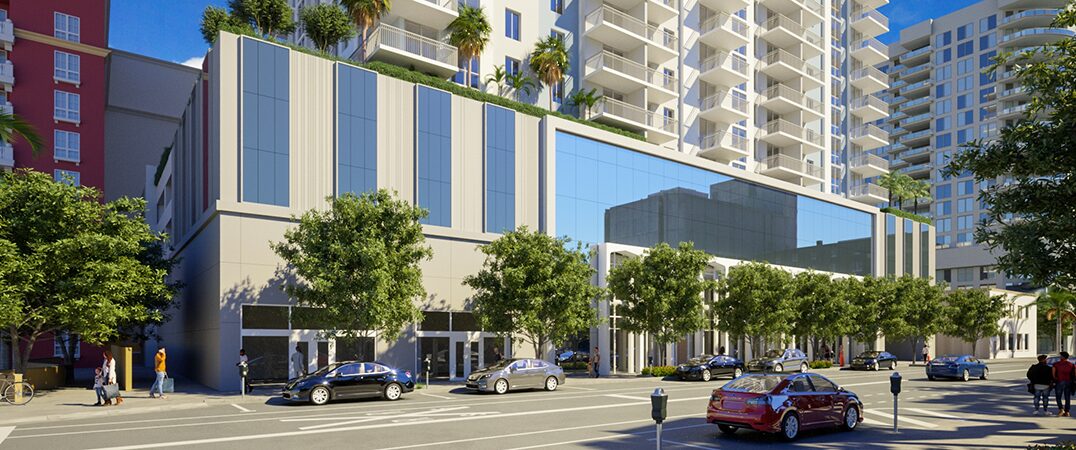


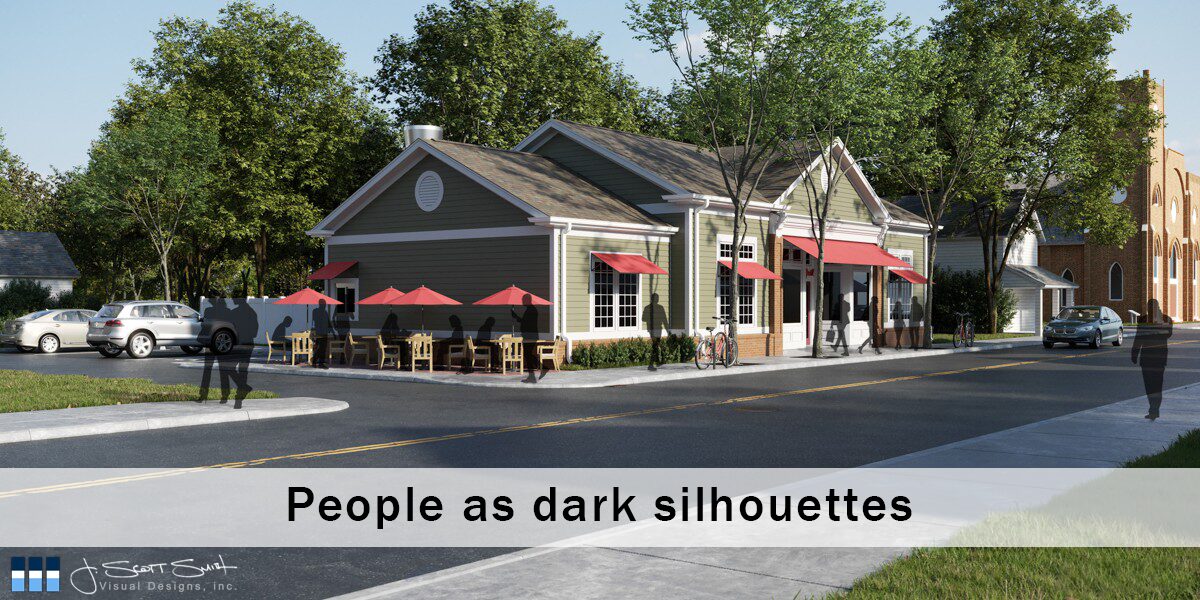
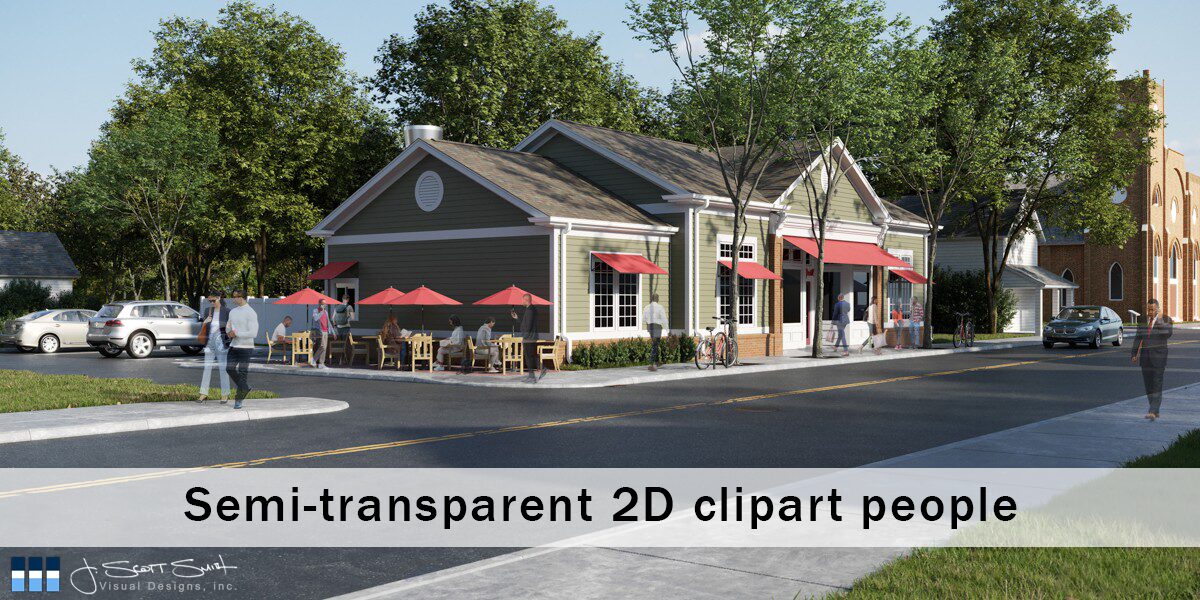

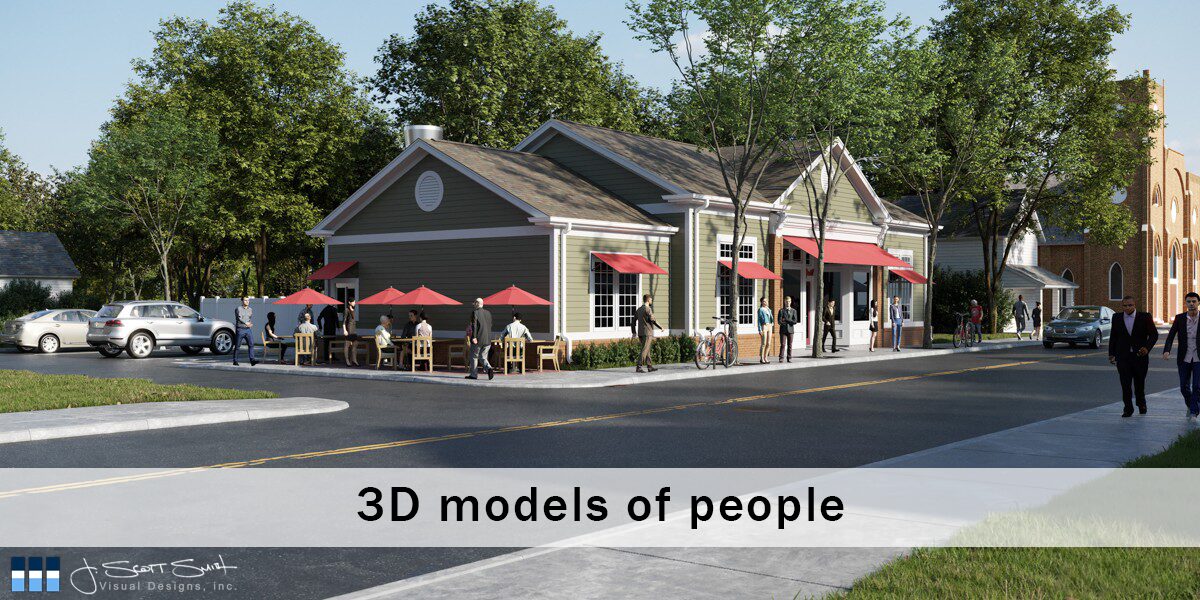
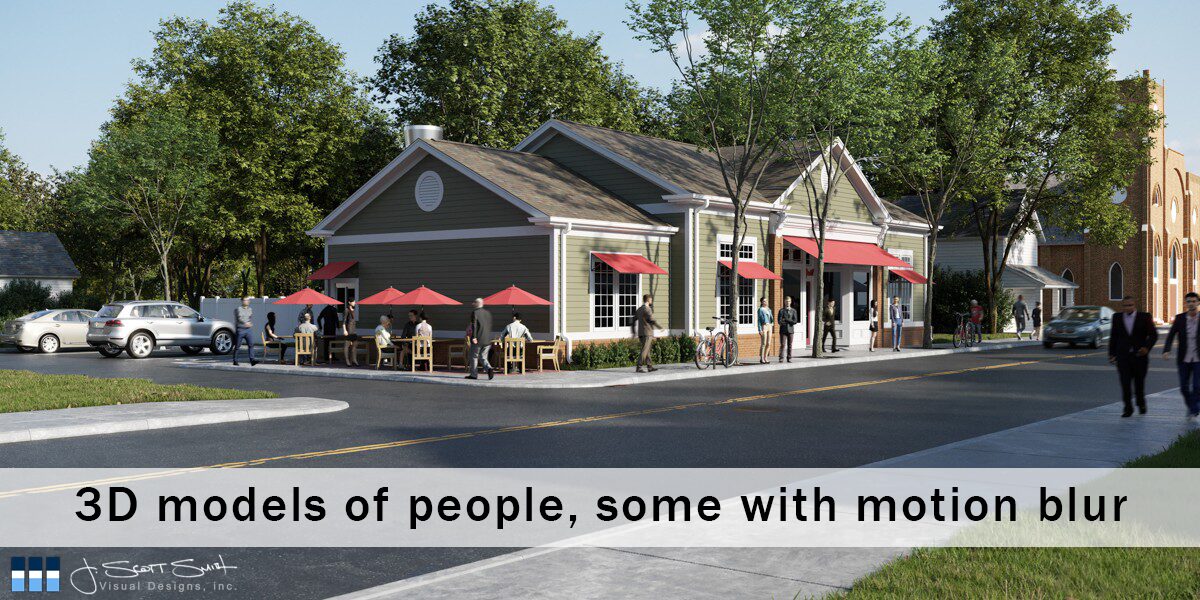
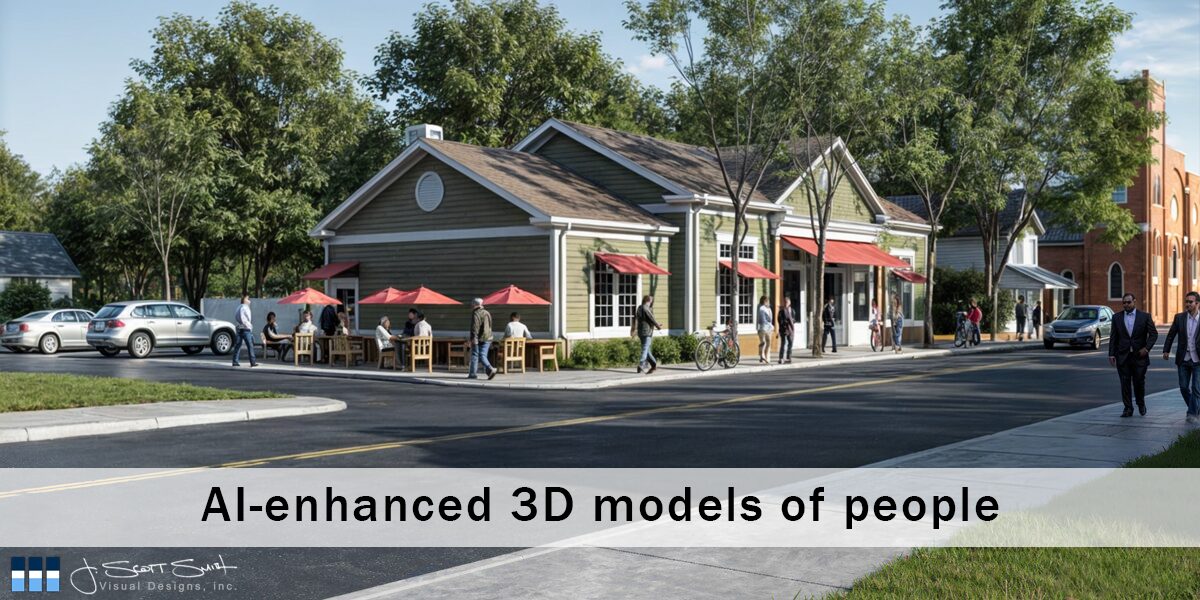
0 Comments